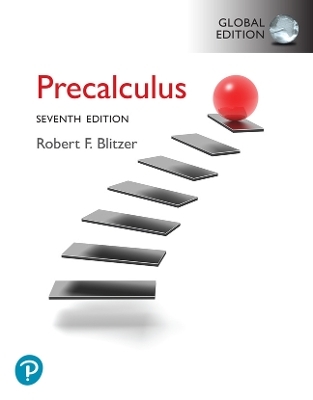
Weight–of–Evidence for Forensic DNA Profiles
John Wiley & Sons Inc (Hersteller)
978-0-470-86769-3 (ISBN)
- Keine Verlagsinformationen verfügbar
- Artikel merken
Assessing Weight-of-Evidence for DNA Profiles is an excellent introductory text to the use of statistical analysis for assessing DNA evidence. It offers practical guidance to forensic scientists with little dependence on mathematical ability as the book includes background information on statistics - including likelihood ratios - population genetics, and courtroom issues. The author, who is highly experienced in this field, has illustrated the book throughout with his own experiences as well as providing a theoretical underpinning to the subject. It is an ideal choice for forensic scientists and lawyers, as well as statisticians and population geneticists with an interest in forensic science and DNA.
Preface. 1. Introduction. 1.1 Weight-of-evidence theory. 1.2 About the book. 1.3 DNA profiling technology. 1.4 What you need to know already. 1.5 Other resources. 2. Crime on an island. 2.1 Warm-up exercises. 2.2 Rare trait identification evidence. 2.3 Making the island problem more realistic. 2.4 Weight-of-evidence exercises. 3. Assessing evidence via likelihood ratios. 3.1 Likelihood ratios. 3.2 The weight-of-evidence formula. 3.3 General application of the formula. 3.4 Consequences for DNA evidence. 3.5 Some derivations. 3.6 Further weight-of-evidence exercises. 4. Typing technologies. 4.1 STR typing. 4.2 mtDNA typing. 4.3 Y-chromosome markers. 4.4 X-chromosome markers. 4.5 SNP profiles. 4.6 Fingerprints. 5. Some population genetics for DNA evidence. 5.1 A brief overview. 5.2 O, or FST. 5.3 A statistical model and sampling formula. 5.4 Hardy-Weinberg equilibrium. 5.5 Linkage equilibrium. 5.6 Coancestry. 5.7 Likelihood-based estimation of O. 5.8 Population genetics exercises. 6. Identification. 6.1 Choosing the hypotheses. 6.2 Calculating the likelihood ratios. 6.3 Application to STR profiles. 6.4 Application to haploid profiles. 6.5 Mixtures. 6.6 Identification exercises. 7. Relatedness. 7.1 Paternity. 7.2 Other relatedness between two individuals. 7.3 Software for relatedness analysis. 7.4 Inference of ethnicity or phenotype. 7.5 Relatedness exercises. 8. Other approaches to weight of evidence. 8.1 Uniqueness. 8.2 Inclusion/Exclusion probabilities. 8.3 Hypothesis testing. 8.4 Other exercises. 9. Issues for the courtroom. 9.1 Bayesian reasoning in court. 9.2 Some fallacies. 9.3 Some UK appeal cases. 9.4 US National Research Council reports. 9.5 Prosecutor's fallacy exercises. 10. Solutions to exercises. Bibliography. Index.
| Erscheint lt. Verlag | 12.5.2009 |
|---|---|
| Verlagsort | New York |
| Sprache | englisch |
| Maße | 165 x 239 mm |
| Gewicht | 448 g |
| Themenwelt | Mathematik / Informatik ► Mathematik |
| Naturwissenschaften ► Chemie | |
| Recht / Steuern ► Allgemeines / Lexika | |
| Recht / Steuern ► EU / Internationales Recht | |
| ISBN-10 | 0-470-86769-8 / 0470867698 |
| ISBN-13 | 978-0-470-86769-3 / 9780470867693 |
| Zustand | Neuware |
| Haben Sie eine Frage zum Produkt? |
aus dem Bereich
